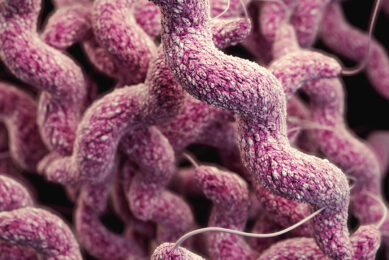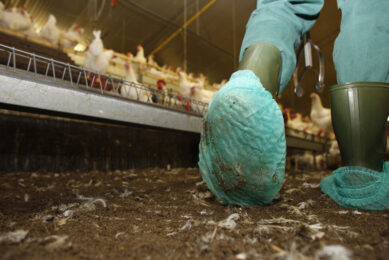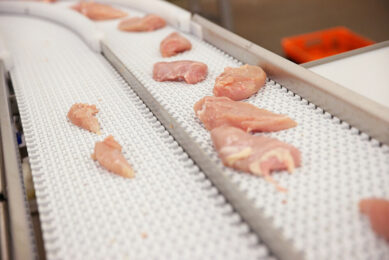EFSA: Chicken meat and campylobacteriosis
EFSA’s Biological Hazards (BIOHAZ) Panel has adopted an opinion on the extent to which broiler meat contributes to human cases of campylobacteriosis.
Experts conclude that the handling, preparation and consumption of broiler meat may directly account for 20-30% of human cases of campylobacteriosis in the EU, reports EFSA (European Food Safety Authority).
In Europe, campylobacteriosis is the most common infectious disease transmissible from animals to humans through food, and the opinion confirms previous findings that poultry meat appears to be a major, if not the largest, source of human infection. The BIOHAZ Panel estimates that the number of actual cases of human campylobacteriosis is likely to be much higher than officially reported.
“We need to interpret our conclusions with care since data on sources of Campylobacter are scarce for the majority of Member States and in some cases they are unavailable,” said BIOHAZ Panel Chair, Professor Dan Collins.
The BIOHAZ Panel recommends active surveillance of campylobacteriosis in all Member States, including efforts to better quantify the level of unreported human cases.
Campylobacteriosis is generally contracted through ingestion of bacteria originating from contaminated food or contaminated water. The disease which can lead to diarrhoea, abdominal cramps and fever affects children, young adults and the elderly.
EFSA’s review of the different sources of human Campylobacter infections represents the first step in broader work in this area that is expected to be completed in 2010. At the request of the Commission, the BIOHAZ Panel will identify and rank the possible control options and propose specific targets to reduce Campylobacter occurrence at the different stages of the broiler meat chain. This overall work will support risk managers in establishing appropriate measures to reduce the number of cases of human campylobacteriosis in the EU.













